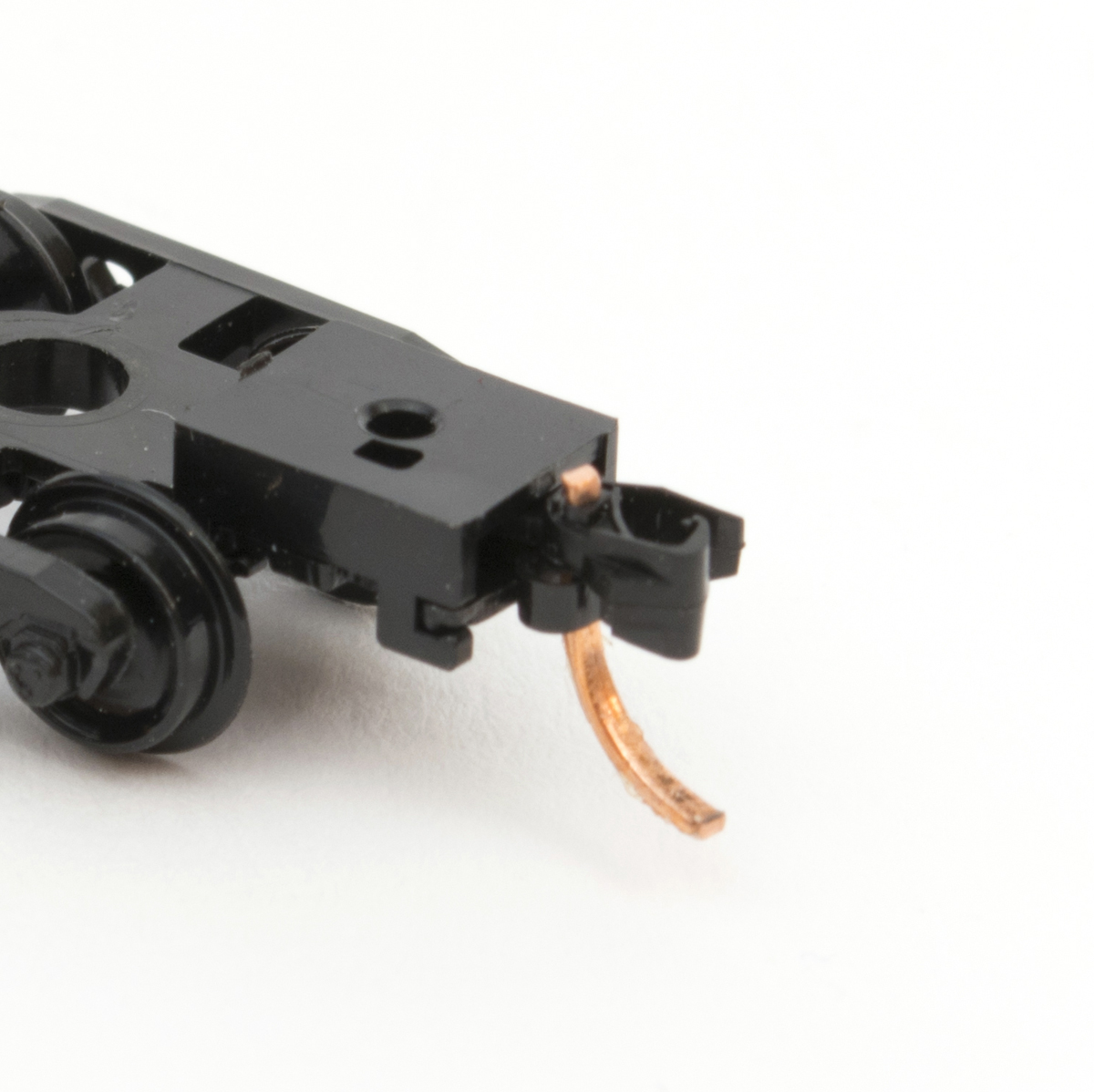
Q: I’d like to know how trains turn around at the end of a branch line in the caboose era. I have great affinity for turnaround operations and am designing a new N gauge layout that might feature several of these operations. How do the crews manage to reattach the caboose on the end of the train for the return leg where there’s only one siding? I have studied the Clinchfield RR’s Moss Turn for hours and still can’t figure out how the caboose was reattached in the correct position! How did the crews manage this? — Jim Werling
A: How trains turn around at the end of a branch line depends on what turning and runaround facilities are available there. A wye or a turnback loop (a.k.a. balloon track) simplifies matters, of course, allowing the engineer to turn the entire train. But it’s not unusual for there to be no turning facilities at the end of a branch line. That’s especially true where right-of-way is in short supply, such as a mining or logging line in the mountains or an industrial switching district in a crowded city.
If that single siding you asked about is a double-ended passing siding, not a single-ended spur, the engineer would pull into the siding and uncouple from the train, then run around it on the main. He would then pick up the caboose from the end of the train, back up, switch to the main, shove forward, and drop the caboose on the main past the passing siding’s other turnout. Next he would back up on the main, line both turnouts for the passing siding, and shove the train onto the main until it couples onto the caboose. His train is now in the correct order for the run back the way it came.
There is still a problem, though: the locomotive and caboose are now facing backward. That’s not that important to the caboose, nor for a diesel hood unit. But if the motive power is a steam engine, low visibility past the tender makes running backward kind of awkward. (That’s why some steam switchers, which are expected to operate routinely in both directions, have sloped-back tenders.) It can be done, though, and has been done on the prototype. But if there’s a turntable or wye available at or close to the end of the line, the engineer will use it to turn his locomotive before departing for home. He might turn the caboose, too, but again, it’s not that important that he do so.
Now, if there isn’t even a runaround siding – just a stub-ended industrial spur – the train might have to start its journey home with a long shove maneuver, with the caboose and the rest of the train ahead of the motive power. The conductor would ride the caboose’s end platform and guide the engineer by radio (or, in steam days, with hand signals). In this case, the engineer would take the first available opportunity to put his locomotive, cars, and caboose back in the right order.
Send us your questions
Have a question about modeling, operation, or prototype railroads? Send it to us at AskTrains@Trains.com. Be sure to put “Ask MR” in the subject.














